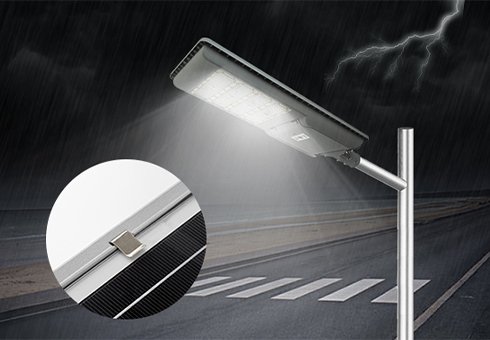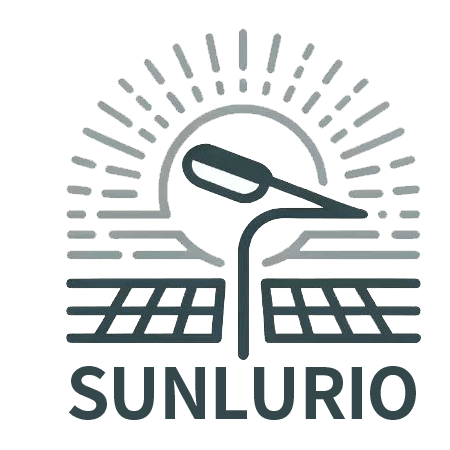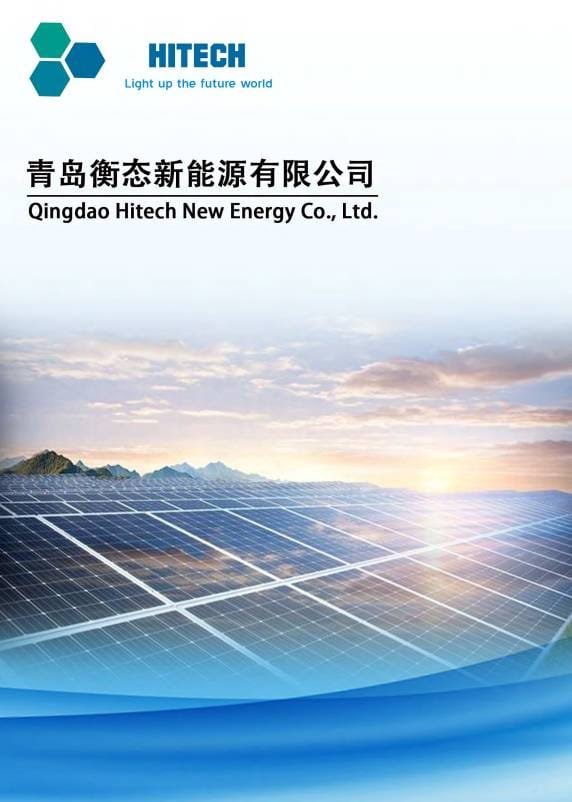Outdoor lighting systems face serious environmental stress—rain, humidity, dust, and corrosion. Without waterproof protection, failures are inevitable, especially in remote or high-rainfall regions.
Waterproof solar street lights use sealed components, IP-rated fixtures, and smart installation to ensure reliability through any weather.
This guide shares practical strategies I use to make every lighting project long-lasting and maintenance-free.
Why Choose a Waterproof Solar Street Light?
In regions with seasonal storms or high humidity—like much of East and Central Africa—non-waterproof street lights break down quickly. I've seen batteries fail from water ingress, controllers short-circuit in flooded boxes, and LEDs lose brightness due to moisture damage.
Waterproof designs prevent water, dust, and corrosion from affecting system performance—extending life and reducing service calls.

Beyond performance, there's also safety and long-term cost control. A light that fails mid-season risks both public security and unnecessary budget loss. Waterproof systems are essential—not optional.
What Is a Waterproof Solar Street Light?
A waterproof solar street light is a fully enclosed system, protected from external elements. This includes the LED lamp, battery compartment, controller, and wiring.
To be considered waterproof, each component must meet a specific IP (Ingress Protection) rating—typically IP65 or higher.
IP ratings are international standards. Here's how they apply:
| Rating | Dust Protection | Water Protection | Suitable For |
|---|---|---|---|
| IP65 | Total dust tight | Resists water jets | General outdoor use |
| IP66 | Total dust tight | Resists strong water jets | Heavy rain/wind zones |
| IP67 | Total dust tight | Handles 1m submersion briefly | Flood-prone locations |
For most of my projects, IP65 is the minimum I accept. In coastal or rainy regions, I lean toward IP66/IP67 to ensure lasting durability.
Key Benefits of Using a Waterproof Solar Street Light
Waterproof systems reduce risk, save maintenance costs, and perform better year-round. Here's why I recommend them in nearly every outdoor project:
They handle wet climates, resist corrosion, and reduce maintenance—keeping the system working when you need it most.

- Weather Resistance: These systems run in rain, wind, and even partial flooding.
- Longer Component Life: Sealed batteries and LED drivers avoid moisture damage.
- Fewer Repairs: Fewer breakdowns means lower service costs and longer intervals between site visits.
- Ideal for Remote Areas: Waterproof lights are perfect for regions with hard-to-reach infrastructure or unreliable access to skilled technicians.
In my experience, just adding basic sealing and component selection can extend a solar street light’s working life by 30–50%.
Top 5 Ways to Waterproof Your Solar Street Light System
Many manufacturers claim “weatherproof,” but as an engineer, I check specific protections. These five practices have proven most effective on my sites.
Use rated parts, install with care, and perform regular checks to maintain waterproof performance over the years.
1. Choose Proper IP-Rated Fixtures
Insist on IP65 or higher—verified by lab certificates, not just marketing claims. Both the LED lamp and controller housing should meet the same rating.
2. Seal All Cable Connections
Use waterproof MC4 connectors, apply heat-shrink tubing, and seal cable entry points with silicone or rubber grommets. Moisture often enters through overlooked wiring gaps.
3. Use Waterproof Battery Enclosures
Batteries are especially vulnerable. I use gasket-sealed ABS or stainless steel boxes with air vents that include waterproof membranes. Elevate boxes to avoid ground-level water.
4. Install for Water Drainage
Tilt the solar panel 10–15° to allow water to slide off. Avoid mounting battery boxes flat or upside-down. Use pole-mounted fixtures where possible to avoid water pooling.
5. Perform Seasonal Maintenance
Before and after rainy seasons, inspect seals, clean solar panels, and check enclosures for signs of leaks. Replace aging gaskets and tighten any exposed fittings.
These practical steps dramatically reduce failure rates—especially in high-risk environments.
How to Choose the Best Waterproof Solar Street Light
When selecting waterproof systems, I always look beyond marketing brochures. Here's what I evaluate to ensure a light can handle field conditions.
Check for true IP ratings, sealed batteries, sturdy panels, and strong poles—all matched to the local environment.

- IP Rating: IP65 for general use, IP66/IP67 for coastal or flood zones.
- Battery: Lithium-ion or LiFePO4 with waterproof casing and thermal protection.
- Panel Type: Mono-crystalline for better efficiency in low-light conditions.
- Fixture Brightness: At least 120–150 lumens/watt output, matched to pole height.
- Pole Material: Hot-dip galvanized steel or powder-coated aluminum for corrosion resistance.
Match each component to the project’s environmental conditions. For example, rural roads need higher battery capacity and stronger poles, while city streets may prioritize anti-vandal features and smart lighting.
Common Applications of Waterproof Solar Street Lights
I’ve installed waterproof systems across many sectors, from rural infrastructure to dense urban streets.
These lights are ideal for any outdoor environment where reliability, independence, and durability matter.
Common use cases include:
- Public streets and highways – Reliable operation during storms and blackouts.
- Residential areas – Safe lighting without trenching power lines.
- Industrial parks – Perimeter security with minimal maintenance.
- Parks and paths – Blends into nature while withstanding weather extremes.
For areas with limited access to power or high humidity, waterproof solar systems are often the most viable and sustainable option.
FAQs About Waterproof Solar Street Lights
Waterproof solar lighting brings a lot of questions—here are the answers I give clients most often.
- What’s the best IP rating? IP65 is sufficient for most areas; IP66 or IP67 is better for heavy rain or coastal zones.
- Can solar lights work during rain or snow? Yes, if installed properly with sealed components and backup battery sizing.
- How long do they last? LED fixtures last 10–15 years. Batteries typically last 5–8 years. Panels go 20+ years with cleaning.
- Do waterproof lights cost more? Slightly more upfront, but they save a lot in maintenance and repair over time.
Conclusion
Waterproof solar street lights offer unmatched reliability, especially in harsh environments. With smart design, correct IP ratings, and regular care, they provide lasting performance without the cost or hassle of grid power.
For long-term success, I always recommend choosing quality waterproof systems over cheap alternatives—they’re worth it in every season.


